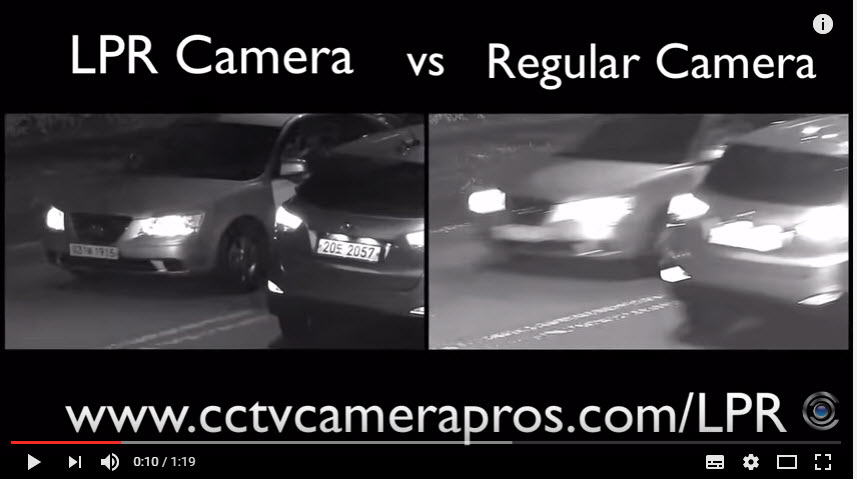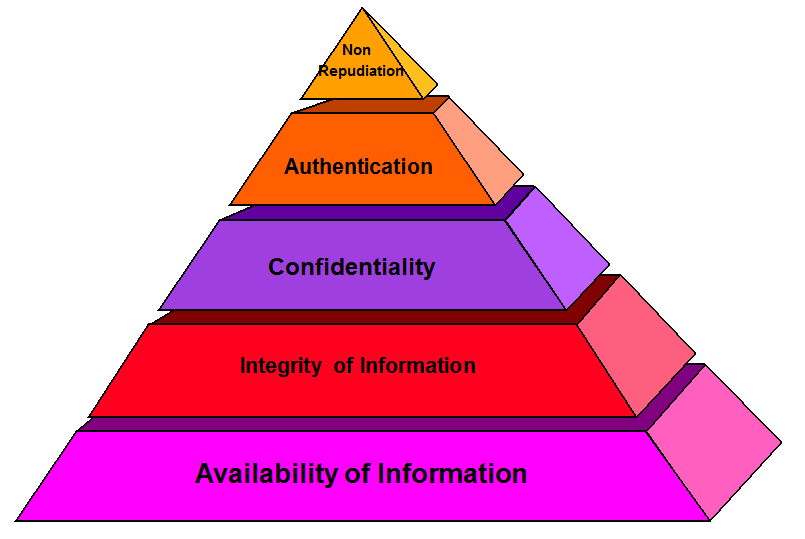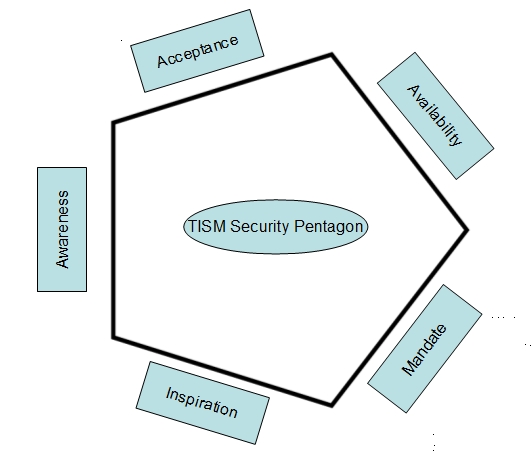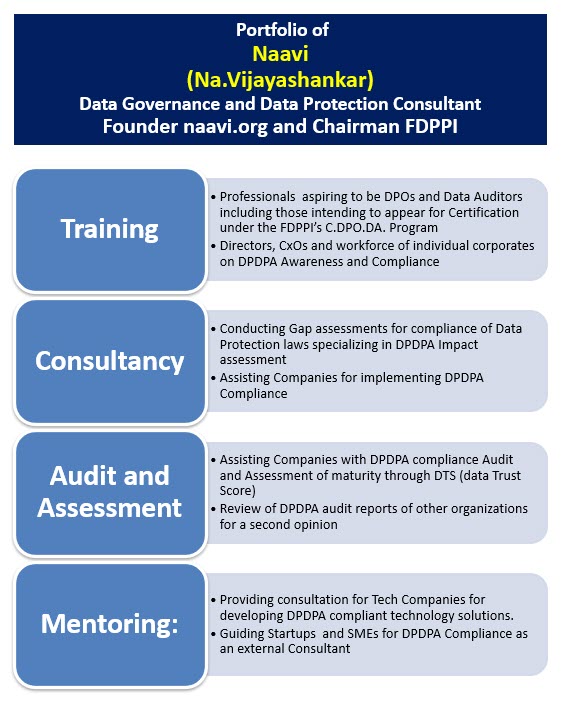The tragic news of an young person in Mumbai committing suicide following the game of Blue Whale Challenge is shocking to say the least.
When we learn that more than 130 persons have similarly committed suicide in Russia, we may take comfort that we have taken note of the danger of this “Game” early and possibly we can prevent any more deaths arising due to this menace.
For records “Blue Whale Challenge” is touted as a “Game” and people are enticed into downloading it through Chats on social media. It is not available for download in Google Play Store and hence it targets those people who are deep into Social Media chatting.
There is a view that victims may be chosen based on profiling of the victims from their Face Book or other similar platforms.
The persons who download the game are given one task per day as a “Challenge” for 50 days culminating with the suicide. Every task need to be recorded as a video and sent to the game controller.
The Complete list of 50 tasks that the BlueWhale Challenge proposes as one task per day:
1. Carve with a razor “f57” on your hand, send a photo to the curator.
2. Wake up at 4.20 a.m. and watch psychedelic and scary videos that curator sends you.
3. Cut your arm with a razor along your veins, but not too deep, only 3 cuts, send a photo to the curator.
4. Draw a whale on a sheet of paper, send a photo to curator.
5. If you are ready to “become a whale”, carve “YES” on your leg. If not, cut yourself many times (punish yourself).
6. Task with a cipher.
7. Carve “f40” on your hand, send a photo to curator.
8. Type “#i_am_whale” in your VKontakte status.
9. You have to overcome your fear.
10. Wake up at 4:20 a.m. and go to a roof (the higher the better)
11. Carve a whale on your hand with a razor, send a photo to curator.
12. Watch psychedelic and horror videos all day.
13. Listen to music that “they” (curators) send you.
14. Cut your lip.
15. Poke your hand with a needle many times
16. Do something painful to yourself, make yourself sick.
17. Go to the highest roof you can find, stand on the edge for some time.
18. Go to a bridge, stand on the edge.
19. Climb up a crane or at least try to do it
20. The curator checks if you are trustworthy.
21. Have a talk “with a whale” (with another player like you or with a curator) in Skype.
22. Go to a roof and sit on the edge with your legs dangling.
23. Another task with a cipher.
24. Secret task.
25. Have a meeting with a “whale.”
26. The curator tells you the date of your death and you have to accept it.
27. Wake up at 4:20 a.m. and go to rails (visit any railroad that you can find).
28. Don’t talk to anyone all day.
29. Make a vow that “you’re a whale.”
30-49. Everyday you wake up at 4:20am, watch horror videos, listen to music that “they” send you, make 1 cut on your body per day, talk “to a whale.”
50. Jump off a high building. Take your life
It is clear that the game’s objective is to lead the target to his death. The series of steps and messaging creates a situation where the victim gets hypnotized and follows the suggestions scrupulously.
The person who has created the sick game, who has been arrested in Russia says that these people donot deserve to live and hence he is relieving the earth of “Useless lives”.
Obviously this creator himself is a psychologically deviant person. He is supposed to be a student of psychology, aged only 21 years and reported to have been a failure in his career.
Just as a dejected software professional turns into a malicious hacker, this person has turned himself into a psycho killer.
The victim is also perhaps a depressed individual who takes into online chatting in search of a friend to pour his feelings out.
The entire game is therefore not a typical cyber crime but a psychological problem of the society.
It cannot therefore be addressed as a Cyber Crime and remedy sought from the Cyber Crime police in Mumbai or elsewhere.
Blocking the Dark Web:
The remedy from the policing angle is how to block the “Dark Web” which if done, will protect people from not only this Blue Whale problem but many other Cyber Crimes.
For this purpose we need to create a separate Internet network like a “White Web” where only verified websites and servers are allowed to be accessed. Websites may be allowed to register themselves with the authorities for a “White Web Pass”. At the same time identified “Dark Web” needs to be blocked leaving a middle range of “Grey Web” as it is now.
The children may be allowed through their restricted device to access only the White Web, create some kind of alerts through the ISPs when notified devices access Grey web or try to access Dark web. This requires the ISPs to create a filter which the parents can activate for specific devices such as mobiles or laptops used by their minor children.
This solution will be opposed by the ISPs and many technology intoxicated persons who believe that it is their birth right to do whatever they want on the Internet.
Let’s therefore leave this for further debate on a different occasion and focus on what we can do even while the Blue Whale Challenge or any other game of this type is still accessible to vulnerable children.
Addressing the Psychological Issue
Since the creator was arrested some time in May, it appears that there were other “Administrators” who had taken over as “Mentors” and managing the victims such as the Mumbai boy. Hence mere arrest of one individual would not bring an end to the menace and we should be ready for more such games to hit the market as long as the sadist technologically savvy creators are out there in the wild.
These creators and the administrators are hard core psychos and we can do nothing to reform them. If they are caught, then they should be permanently put behind the bar or even eliminated with a death sentence.
In the meantime we can address what can we do to prevent our children from falling prey to this game.
The first task is to identify potential victims through our own social media profiling of children, supervision of their web activity, changes in behaviour etc. Part of this can be done by the parents and more can be done through whistlebowing by friends through the Schools.
The Schools should not only undertake awareness creation for Children and the Parents on the menace and try to mitigate the risk but also create a “Whistle blower” mechansim for friends to report any abnormal behaviour of their co-students and also create a “Internet Counsellor” to address the children’s problems.
Children are more cooperative with their schools and amenable to receiving suggestions from their teachers rather than from their parents. Hence the schools have a big role in ensuring that the Internet addiction risk of every kind is mitigated.
The Maharashtra CM has sought guidance from the Central Government on how to address the issue but it appears that the solution lies in the Maharashtra Government (and also other State Governments) to mandate the schools that all of them should mandatorily conduct
a) An awareness program for children within the next one week
b) An awareness program for parents within the next fortnight
c) Introduce a “Whistle Blower” scheme where students report to the authorities about any abnormal behaviour of other students.
d) Appoint a psychology expert as an “Internet Counsellor” to visit the school once in 15 days, to spend some time addressing the students and to meet any children who would like to seek guidance. He/She could also be the Ombudsman for the whistle blower program
e) Report to the compliance through the website of the School.
I hope some NGOs take up the responsibility to coordinate and guide the schools in this regard. The above set of requirements can be considered as “Compliance Requirement” for the school.
Caution: For those adventurers who will try to download the game and check what it is, I would like to caution that the program would come with a trojan which would steal data from your computer or mobile, would be impossible to un-install and could cause other problems related to identity theft including theft of Banking and other financial information related to the mobile owner.
Naavi
Refer:
Man behind Blue Whale suicide ‘game’ says he’s ‘cleansing society’
Beware! This Blue Whale online suicide challenge is scaring parents world over
The truth of ‘Blue Whale’ challenge: A game said to ‘brainwash’ teens into committing suicides










